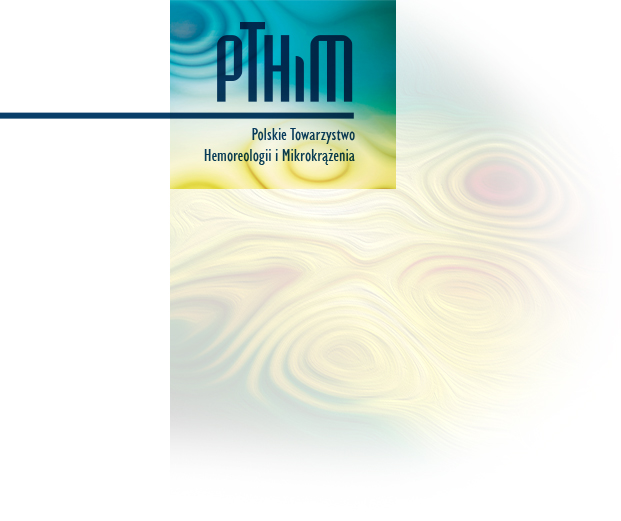

The work of the Society is dedicated to supporting research on hemorheology, mainly erythrocytes and their liquid environment (whole blood, blood plasma, and serum), and the erythrocyte circulation in the vessels primarily related to microcirculation. The effects of shear and compressive forces, pressure gradients, viscosity of the body fluids', and the role of cells' elasticity in the blood flow processes are also investigated. Other topics include blood viscosity, the composition and structure of erythrocytes, the activity of certain erythrocytic enzymes, and the erythrocyte metabolism changes caused by physical activity, hypoxia, hyperoxia, hypothermia, pharmacological agents, toxic agents, and diseases. It is worth to highlight that the members of the Society conducted the very first research in erythrocyte rheology in polycythemia. Moreover, we conduct the research on the influence of physical factors such as magnetic fields or ionic radiation on the hemorheological parameters, the assessment of the circulation system functioning using thermography, and hemorheology. The hemorheological research comprises measuring the whole blood and serum viscosity levels and using mathematical rheological models to evaluate the erythrocytes' ability to aggregate and deform in various diseases and therapies being tested. The research also includes the methods of individual cell deformation using scanning techniques such as atomic force microscopy. The data obtained with mechanical tests are enriched using vibrational spectroscopy (FTIR and Raman) and Mössbauer spectroscopy. Therefore it is possible to combine the chemical and structural information with rheological parameters of the examined systems.
The Society's members and guests report their research findings during the meetings. Also, the overview of the latest world research from prestigious journals such as Clinical Hemorheology and Microcirculation or The Biorheology is presented.
The members of the Society use the latest technology, such as laser rheometers, spectroscopes, viscosity meters, and other modern laboratory equipment in their research.